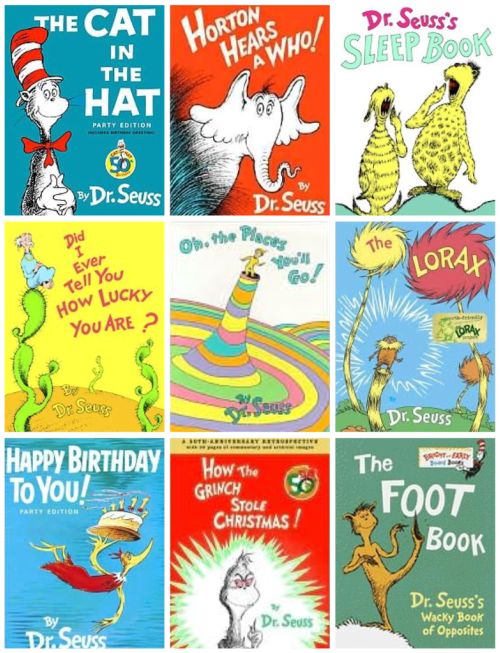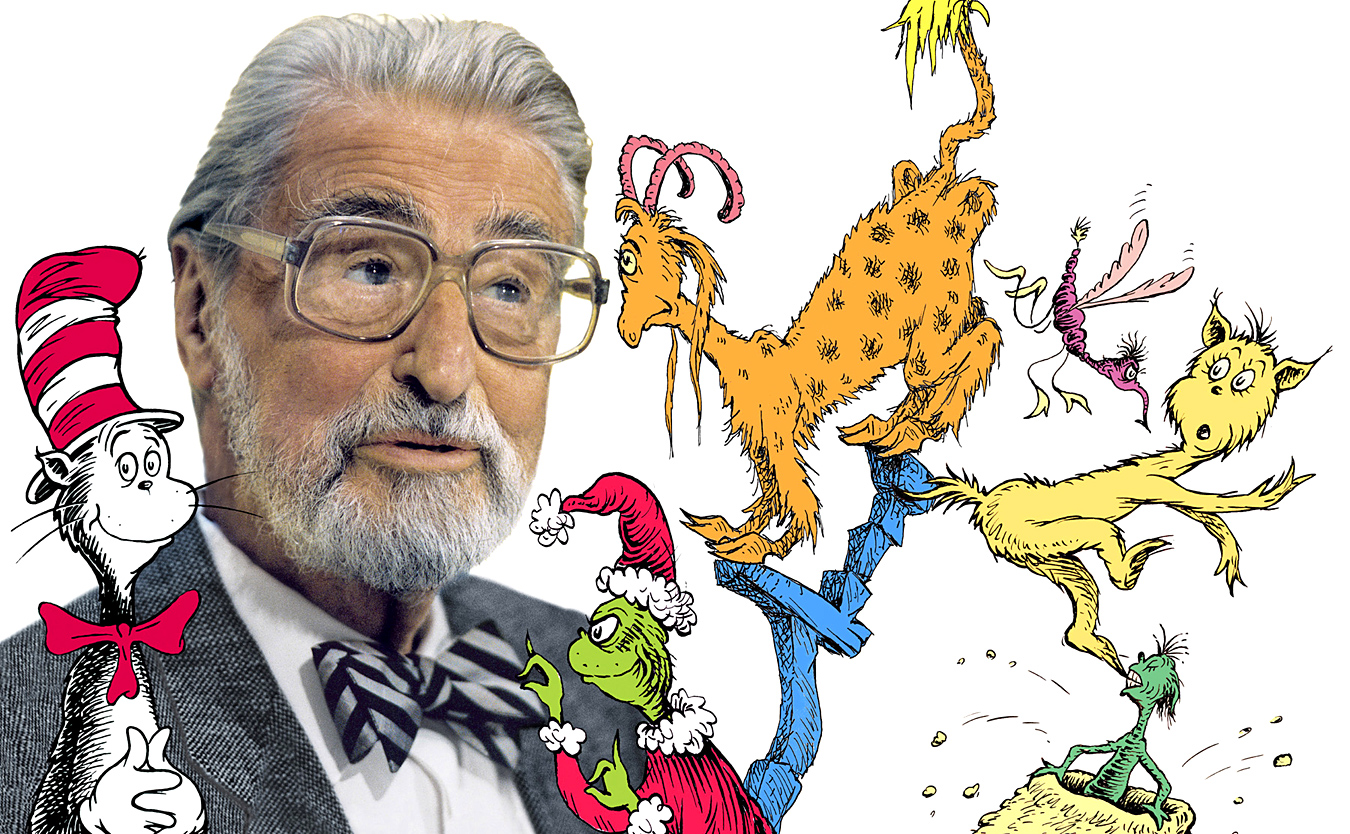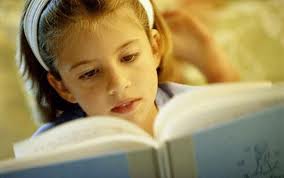
by PRIDE Reading Program Admin | Mar 18, 2014 | A PRIDE Post, Reading Disability
Intervene early! Reading disabilities are considered to be the most common learning disability and are often not diagnosed or treated until it is too late for easy recovery. A child with a reading disability that is not identified until the third grade or later is already years behind his or her classmates. This is a gap that must be closed if the child is ever to catch up with his or her peers. The best intervention is in kindergarten or remediation beginning in the first grade.
Teach phonics. Through phonics, children learn to associate sounds and form connections to word recognition and decoding skills needed for reading. Research clearly proves that phoneme awareness performance is a major predictor of long- term reading and spelling success. In fact, according to the International Reading Association, phonemic awareness skills in kindergarten and first grade appear to be the most important predictor of successful reading acquisition.
Teach spelling. Spelling and reading rely on the same mental representations of a word. The correlation between spelling and reading comprehension is high because both depend on proficiency with language. The more profoundly and methodically a student knows a word, the more likely he or she is to recognize it, read it, spell it, write it, and use it appropriately in speech and writing.
Teach writing. Start teaching writing in preschool and kindergarten. Learning to write engages the brain in repetition and memory on how letters and sounds reflect meaning, addresses numerous reading and cognitive skills, and helps activate both reading and spelling areas of the brain.
Teach handwriting. Technology is a fun writing tool for kids but it doesn’t engage the early reading brain in the same helpful way as learning to move the pencil across the page to use letters as images of sound. Brain scan studies show that early lessons in letter formation help activate and coordinate reading connections in the brain.
Repetition, repetition, repetition. The brain of a child feeds on repetition to make doing things such as reading automatic and fluent. Use repetition in the early grades for reading aloud, for rhyming, for matching letters with sounds, for writing alphabet letters, for spelling, for sounding out words, for automatic reading of sight words, for making meaning in print. Children thrive on it. So make it fun!
Don’t ever give up on your child. Keep the expectations of your child and their reading future high. We owe it to our children to show our support, give them every resource possible to help them and give them the skills necessary for learning and communicating throughout their education and their lives.
________________________________________________________________________________________________________
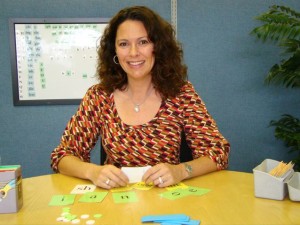
Karina Richland, M.A. is the Founder and Director of PRIDE Learning Centers, located in Los Angeles and Orange County. Ms. Richland is a certified reading and learning disability specialist. Ms. Richland speaks frequently to parents, teachers, and professionals on learning differences, and writes for several journals and publications. You can visit the PRIDE Learning Center website at: www.pridelearningcenter.com
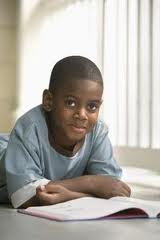
by PRIDE Reading Program Admin | Apr 14, 2012 | A PRIDE Post, Reading Skills
The school year is coming to an end and as a parent of a first grader your thoughts are probably turning towards second grade. Is your child ready for second grade reading?
How do you know?
Here is a list of benchmark reading accomplishments for first grade that was included in a report prepared by a National Academy of Sciences panel titled Preventing Reading difficulties in Young Children, Catherine E. Snow.
- Makes a transition from emergent to “real” reading.
- Reads aloud with accuracy and comprehension any text that is appropriately designed for the first half of grade 1.
- Accurately decodes orthographically regular one-syllable words and nonsense words (e.g., sit, zot), using print-sound mappings to sound out unknown words.
- Uses letter-sound correspondence knowledge to sound out unknown words when reading text.
- Recognizes common, irregularly spelled words by sight (have, said, where, two).
- Has a reading vocabulary of 300 to 500 words, sight words, and easily sounded-out words.
- Monitors own reading and self-corrects when an incorrectly identified word does not fit with cues provided by the letters in the word or the context surrounding the word.
- Reads and comprehends both fiction and nonfiction that are appropriately designed for grade level.
- Shows evidence of expanding language repertory, including increasing appropriate use of standard, more formal language registers.
- Creates own written texts for others to read.
- Notices when difficulties are encountered in understanding text.
- Reads and understands simple written instructions.
- Predicts and justifies what will happen next in stories.
- Discusses prior knowledge of topics in expository texts.
- Discusses how, why, and what-if questions in sharing nonfiction texts.
- Describes new information gained from texts in own words.
- Distinguishes whether simple sentences are incomplete or fail to make sense.
- Can answer simple written comprehension questions based on material read.
- Can count the number of syllables in a word.
- Can blend or segment the phonemes of most one-syllable words.
- Spells correctly three-and four-letter short-vowel words.
- Composes fairly readable first drafts using appropriate parts of the writing process (some attention to planning, drafting, rereading for meaning and some self-correction).
- Uses invented spelling/phonics-based knowledge to spell independently, when necessary.
- Shows spelling consciousness or sensitivity to conventional spelling.
- Uses basic punctuation and capitalization.
- Produces a variety of types of compositions (e.g., stories, descriptions, journal entries) showing appropriate relationships between printed text, illustrations, and other graphics.
- Engages in a variety of literary activities voluntarily (e.g., choosing books and stories to read, writing a note to a friend).
________________________________________________________________________________________________
Karina Richland, M.A. is the Founder and Director of Pride Learning Centers, located in Los Angeles and Orange County. Ms. Richland is a certified reading and learning disability specialist. Ms. Richland speaks frequently to parents, teachers, and professionals on learning differences, and writes for several journals and publications. You can reach her by email at karina@pridelearningcenter.com or visit the Pride Learning Center website at: www.pridelearningcenter.com
by PRIDE Reading Program Admin | Aug 2, 2011 | Orton-Gillingham
A Book Review by Karina Richland, M.A., E.T.
The Shut-Down Learner by Richard Selznick, PhD, is a very parent friendly book written for parents and teachers of children and students with learning disabilities, primarily dyslexia.
The Shut down learner is a visual-spatial child that has a unique set of strengths and weaknesses. Dr. Selznick refers to these children as “the Lego kid.” The Lego kid does not succeed in school because others do not understand and value his strengths and everyone focuses too much on his weaknesses.
The weaknesses of these children are very low linguistic-verbal intelligence. They struggle considerably with reading, spelling and writing. Despite attempts from special educators and remedial teachers to help these children fail in these areas of weakness, the progress for these children is slow and often even unrecognizable.
The strengths of the Shut-Down Learner are excellent spatial and visual perceptual organization skills. This attribute is his most defining indicator and the author stresses this strength throughout the entire book. The SDL child can visualize things well. They learn through visualization and not through language.
The High-Spatial Characteristics include:
- Lego kid
- Loves puzzles
- Engages for hours with hands-on-activities
- Likes taking things apart to see how they work
- Enjoys hooking things up, such as entertainment systems
- Good awareness of visual detail
- Excellent visual recall
- Does well with psychological assessment tasks that involve spatial analysis
- Enjoys doing tasks and is movement-based
The curriculum is a major obstacle for these students. They will not thrive under the regular curriculum because of their severe language acquisition deficiencies. Dr. Selznick recommends Orton-Gillingham remediation as part of the student’s education. This instruction will help these children overcome the worst of their deficiencies. The SDL child will also need heavy focus on the areas in which he can excel and have confidence in. These are the areas of visual-spatial and kinesthetic intelligences.
I did enjoy reading this book and would recommend it to parents and teachers of struggling readers. I do want to mention though, that not all children with dyslexia and learning disabilities are gifted in the visual-spatial skills. I work with many students with dyslexia who do not perform well in visual-spatial tasks and do not enjoy building with legos or taking engines apart.
Multisensory learning is the key factor and will benefit struggling readers. We all learn a different way, and we each have our own set of strengths and weaknesses. It is so important to always point this out to our children.
____________________________________________________________________________________________
Karina Richland, M.A., E.T. is the Managing Director of Pride Learning Centers, located in Los Angeles and Orange County. A former teacher for Los Angeles Unified School District, Ms. Richland is a reading and learning disability specialist. Ms. Richland speaks frequently to parents, teachers, and professionals on learning differences, and writes for several journals and publications. You can reach her by email at: info@pridelearningcenter.com or visit the Pride Learning Center website at:
www.pridelearningcenter.com



